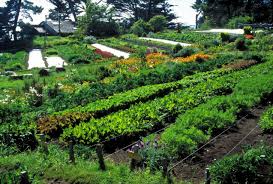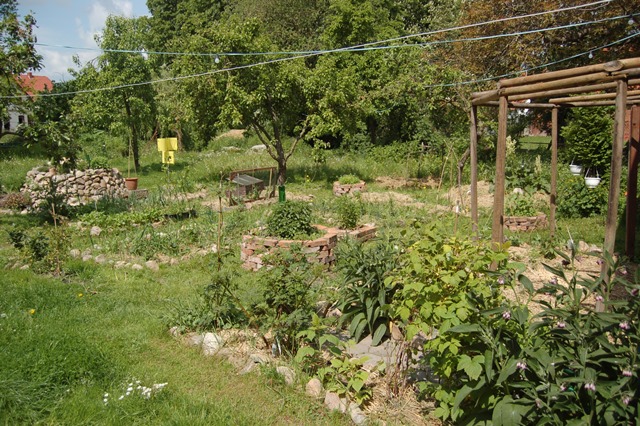There are a lot of garden and farm related buzz words being tossed around these days and “permaculture” is one of the big ones. There are permaculture courses, permaculture design and permaculture principles. Maybe you have heard that incorporating the 12 principles of permaculture into your garden will help it thrive.But just what is permaculture?
The permaculture definition starts out as simple as this: the development of agricultural ecosystems intended to be sustainable and self-sufficient.
But there is a lot more to it than that. Let’s take a look at what permaculture really is.
Permaculture Definition
We are talking about more than just an agriculture system. Permaculture is an entire philosophy that attempts to provide a practical framework for living in a sustainable way on the planet. It is a bit complex, so a simple question like “what is permaculture?” can provoke many different answers.
Instead of trying to reinvent the wheel, let’s take a look at the permaculture definition given by the man who invented it.
Bill Mollison partnered with David Holgrem in the ’70’s to create permaculture as a practical philosophy based on his years of study and observation of both nature and agriculture. If anyone can give us a good permaculture definition, it’s him.
So Bill, what is permaculture?
“Permaculture is a philosophy of working with, rather than against nature; of protracted and thoughtful observation rather than protracted and thoughtless labour; of looking at plants and animals in all their functions, rather than treating any area as a single-product system.”
This permaculture definition highlights a few important parts of the permaculture philosophy:
- Observing Natural Patterns – Permaculture encourages us to observe natural ecosystems and design our systems based on those observations.
- Using Natural Patterns – Observation teaches us how to work smarter instead of harder. Permaculture design courses teach students to use hills, ditches, landscapes, fallen wood and even wildlife to enhance their farm instead of struggling to clean up or improve these features.
- Holistic Farming – Permaculture is all about connections. For example, if you are starting a permaculture garden you will place complimentary plants close to one another to repel pests, improve the soil, speed growth and encourage pollination. This method of farming is much more productive and sustainable than the monoculture style of farming that modern commercial agriculture uses.

Image courtesy of innovateus.com
Holgrem’s Permaculture Definition
On his website David Holgrem offers what he calls a “more current” permaculture definition:
“Consciously designed landscapes which mimic the patterns and relationships found in nature, while yielding an abundance of food, fiber and energy for provision of local needs.”
This is a simple, clear definition that highlights the practical side of permaculture: providing food and other resources like fuel, energy and fibers for the community.
Holgrem’s permaculture definition is a good reminder that permaculture is a philosophy designed to feed, clothe and shelter people. It must be sustainable so that there continue to be resources available for future generations. Holgrem sums this all up nicely when he writes, “People, their buildings and the ways in which they organize themselves are central to permaculture. Thus the permaculture vision of permanent or sustainable agriculture has evolved to one of permanent or sustainable culture.”
Farm needs and supplies get them at www.thechickentractor.com.au .
Extended Reading
Permaculture: A Practical Introduction
Lucia Bardos speaks about the benefits and limits of a permaculture definition.

